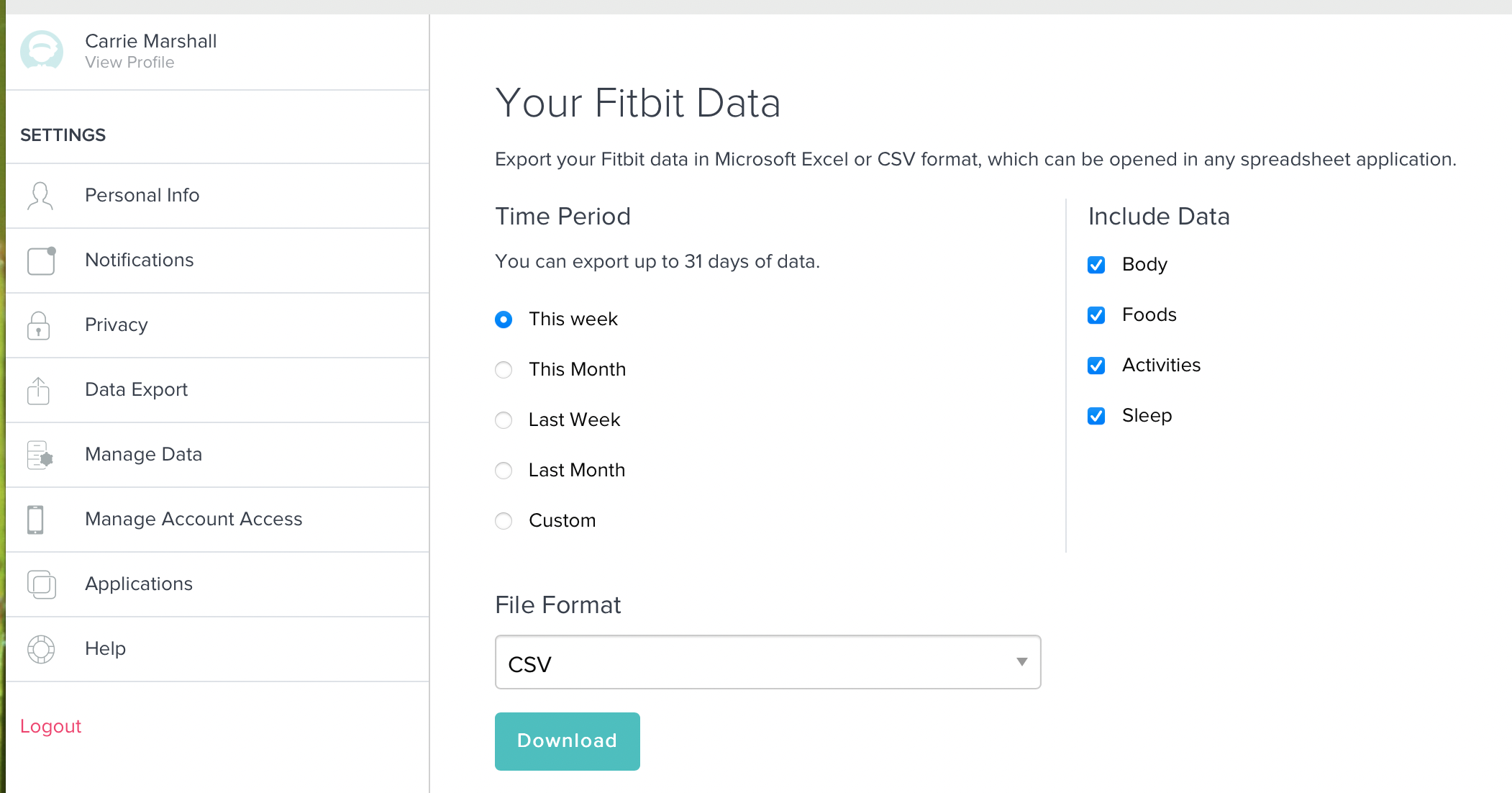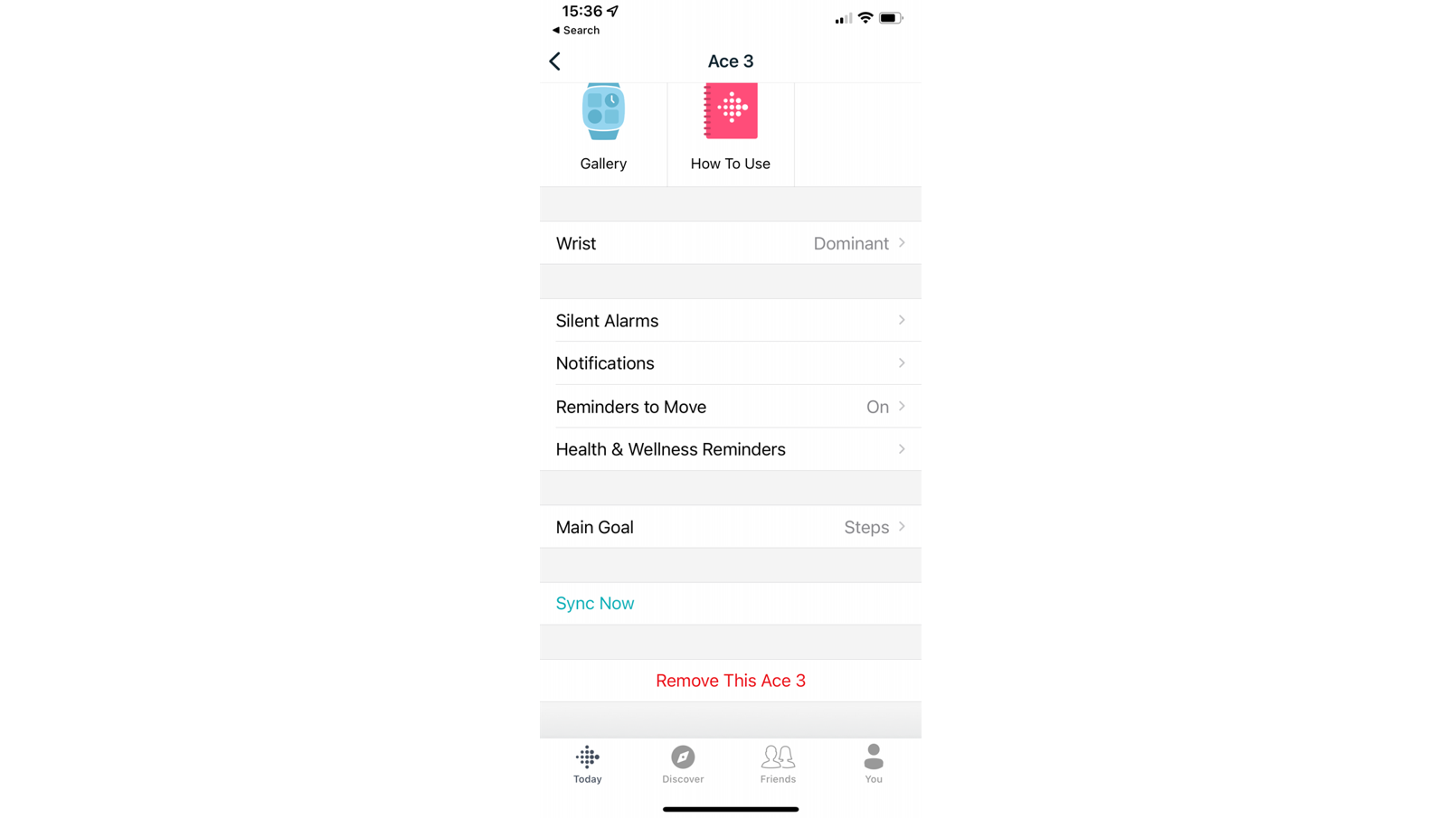How to sell your old fitness tracker (because you deserve a new one)
A new year means a new you, and new tech

Because the market for the best fitness trackers is so fast-moving, there’s a never-ending stream of new models with new sensors, new features and new designs. And because fitness tracking is quite addictive and tends to make you want to track even more things, that means sooner or later you’ll want to replace what you’ve got. Whether you’ve been lured by the Fitbit Luxe, want a Huawei Band 3 Pro or love the idea of an Oura (Generation 3), selling your existing fitness tracker can help pay for your upgrade.
So how do you do it? Let’s find out.
1. Export your data
This one doesn’t apply to every device (if you’re selling a fitness tracker that syncs with your phone’s Health app, for example, you can skip this step), but if your tracker doesn’t share, then many manufacturers enable you to export your fitness data so you can import it into another app, which is useful if you’re changing brands.
In this example we’ll use our Fitbit. To export your data you need to log into your account at Fitbit.com and then go into Settings > Profile. If you look down the left hand side of the page you should see a Data Export option. Click on that and you can now set the start and end date and choose between Excel or CSV format.

2. Remove it from your account
Many fitness trackers are connected to an online account, so the next step is to disconnect them. Once again we’ll use Fitbit as an example: to remove a tracker from your account, go into the Fitbit app, tap on Today and then tap on the settings icon; it’s the one that looks like a gear wheel at the very top left of the screen. You should now see your device. Tap on it, scroll down and select Remove This.
If your fitness tracker is a smartwatch such as an Apple Watch, you’ll need to disconnect it from your iCloud account (Apple) or reset it (Google). Here’s how to do that on a Samsung Galaxy watch, and here’s how to do it on an Apple Watch.

3. Factory reset it
Don’t do this until you’re absolutely certain that you’ve exported any data you don’t want to lose, because this is the nuclear option: it removes everything from your fitness tracker apart from the software updates you may have installed, reverting it to factory-fresh status.
Get daily insight, inspiration and deals in your inbox
Sign up for breaking news, reviews, opinion, top tech deals, and more.
To factory reset the Fitbit Versa 3 you need to go into its Settings app, scroll down to About Versa 3 and tap on that. Scroll down and you’ll see an option marked Factory Reset. Tap on that to erase all the data on your tracker.
It’s a similar process on a Garmin Vivosmart 4: go into the settings menu, tap on the Information icon ('i'), tap Reset and then tap on Delete Data and Reset Settings. Don’t use the first option, Reset Default Settings, because that keeps all your data on the device.
For simpler devices the process is a bit different, so for example for a Garmin Vivofit Jr 3 it’s a case of going into Settings > General Administration > Reset Device; on a Huawei Band 4 Pro you need to swipe to More > System > Reset; and on a Huawei Band 3e you have to knock the time screen four times with one knuckle and then touch the touch key until you see Reset. Or you could just use the Health app and go to Devices > Restore Factory Settings.
4. Decide where to sell it
Many sites will happily buy your fitness tracker, but you might not be happy about the price: we’re currently looking at a site offering a massive £2 (that's about $3 / AU$4) for a Fitbit Ace 2 and £10 (about $14 / AU$20) for a Fitbit Versa. That £10 for perfect condition; if it looks less than perfect or doesn’t include the charger or strap, the rate drops to £4 (about $6 / AU$8).
Be very wary when you’re looking at gadget-buying sites: we’ve had experiences with phone trade-in sites where the site quoted a brilliant price for our pristine condition device and then emailed us with tales of non-existent damage and a massively reduced offer. There are plenty of reputable sites out there, but there are some chancers too. Do some research and also trust your gut: if a quoted price seems too good to be true it probably is.
CEX is refreshingly transparent about how much it pays and how much it’ll sell the device for, and that information can also help you decide what a fair price for your tracker would be if you were to sell it on Gumtree, which is free, Facebook Marketplace, which is free and often very weird, or eBay, which charges a very small fee on successful sales.
It’s interesting to compare eBay prices with the prices offered by gadget buying sites. For example, if you're in the UK CEX will give you £28 cash or a £40 voucher for a Fitbit Charge 4 and sell it for £60; the going rate (at the time of writing) for a used Charge 4 on eBay is between £51 and £63. But of course those prices aren’t guaranteed, so while you might make more selling your used tracker on eBay, you might not. So you have to go a bit Dirty Harry (or Harriet) here and ask yourself one question: do you feel lucky?
5. Send it and bank the cash
For higher value items it’s wise to use tracked deliveries, especially with eBay sales: some scammers pretend devices weren’t received, because they know that without evidence eBay will find in their favour. If you’re using a gadget buying site they should have set out their terms, so follow their packaging instructions and don’t be afraid to chase payment if it doesn’t arrive by the promised time.
This is our favourite bit. Not sure which one is best? Here’s our guide to the best fitness trackers you can buy today.
This article is part of TechRadar's Get Fit in 2022 series – a collection of ideas and guides to help get your new year's health goals off to the right start, whatever your current level of fitness.
Writer, broadcaster, musician and kitchen gadget obsessive Carrie Marshall has been writing about tech since 1998, contributing sage advice and odd opinions to all kinds of magazines and websites as well as writing more than a dozen books. Her memoir, Carrie Kills A Man, is on sale now and her next book, about pop music, is out in 2025. She is the singer in Glaswegian rock band Unquiet Mind.
